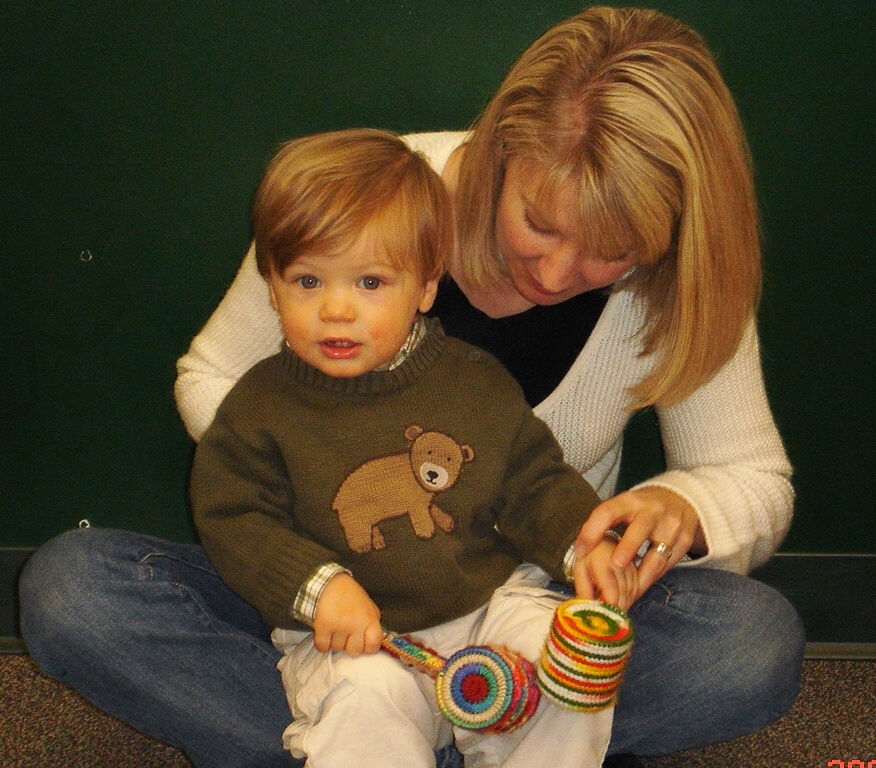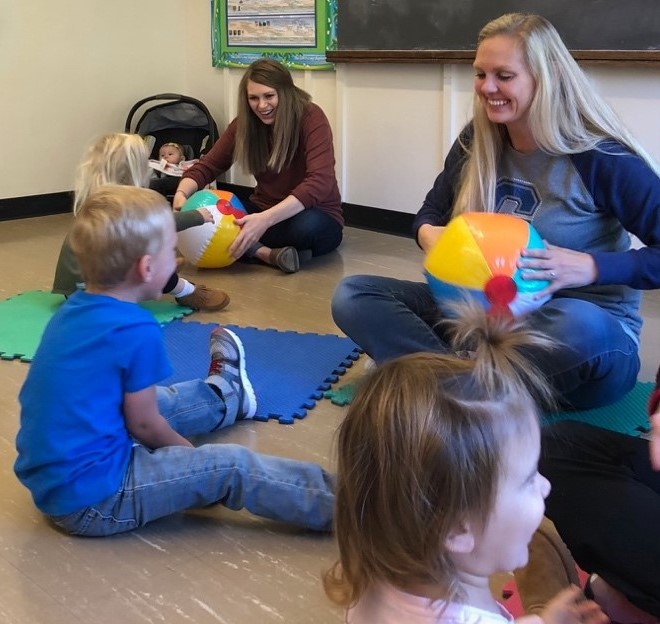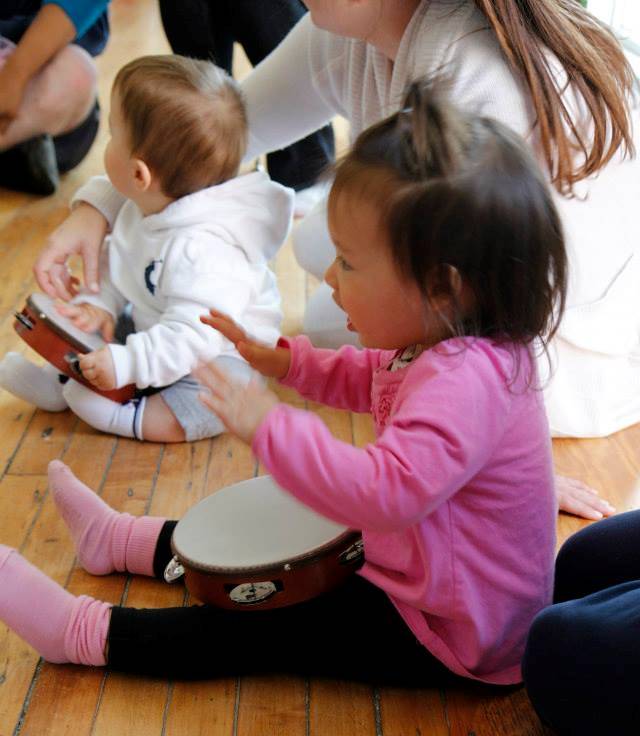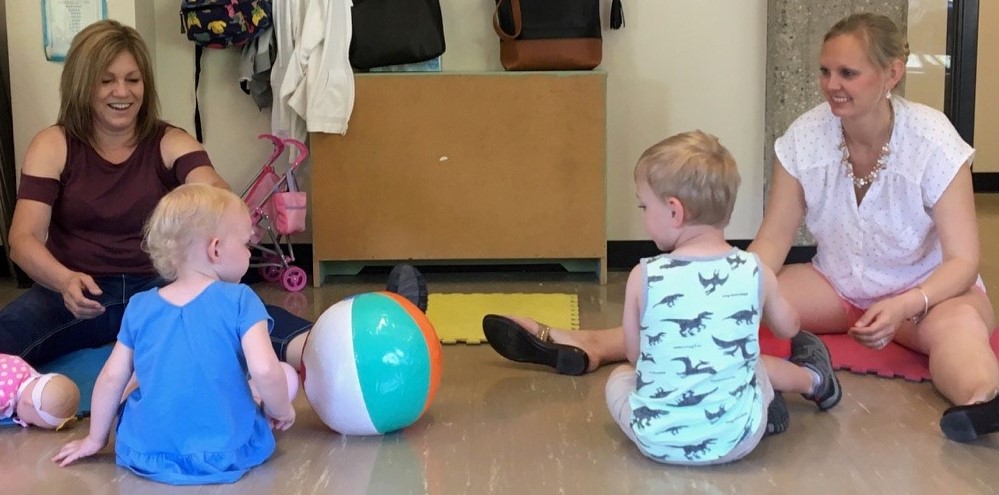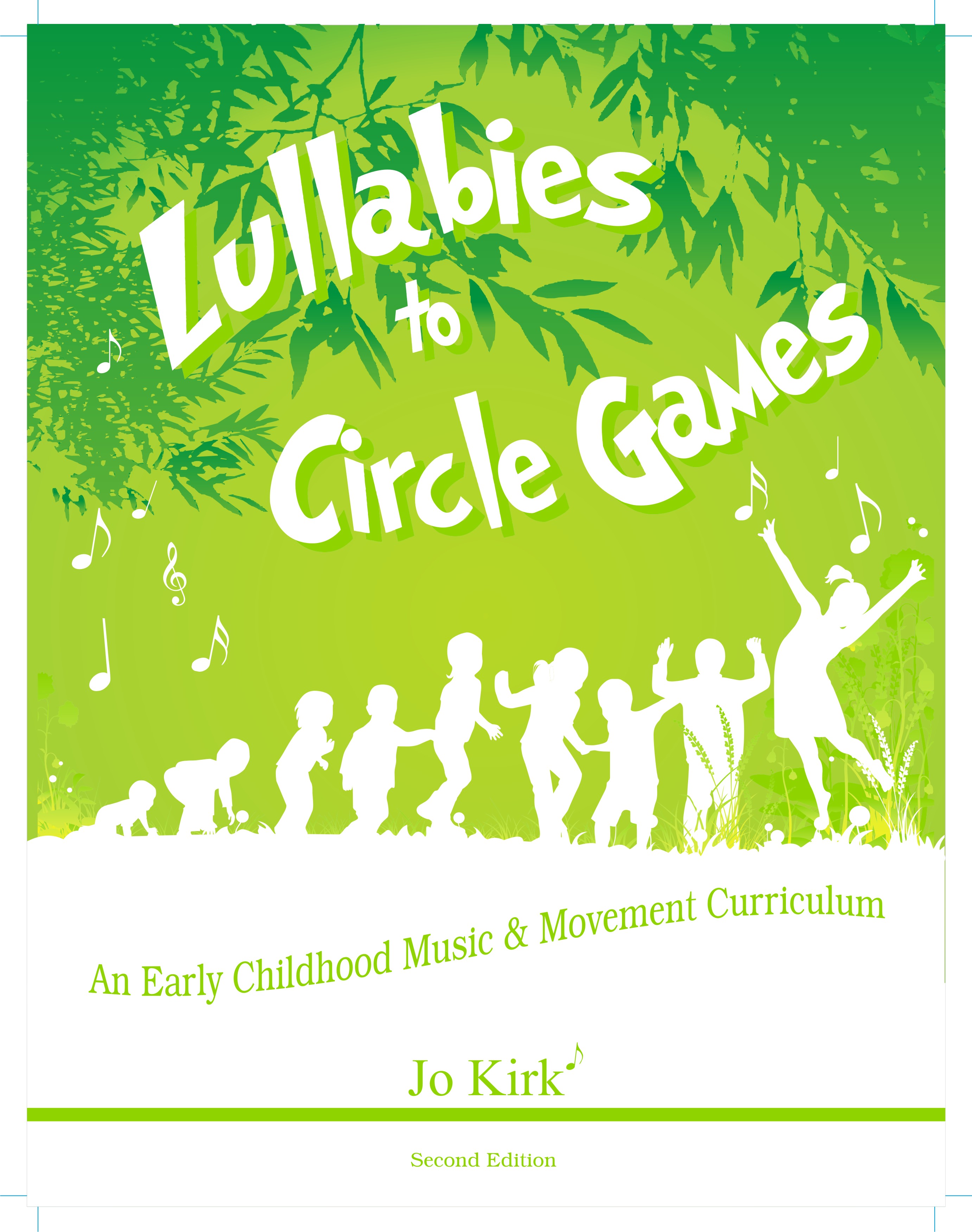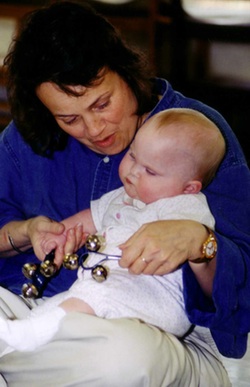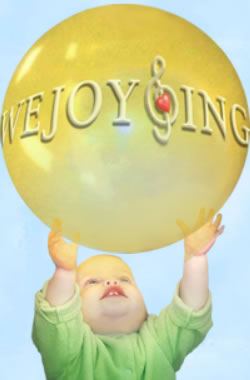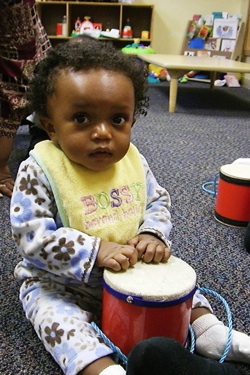NO RUSH! Let Them Observe!! Part II Interview
/Watching…Watching…Watching! Learning…Learning…learning!
An observer is a person who watches what happens but has little to no visible active part in it. Parents of an “observer” often struggle to understand why their child “just sits and watches” while others are up and joyfully playing with their parents and the other children.
Perhaps your little one is an observer and you are wondering if his or her development is normal. If so, you will connect with the parents I’ve interviewed. These four families have been attending WeJoySing for a minimum of 9 months up to 2.5 years and have had a variety of teachers within the WeJoySing program. Two of the children attend the evening sessions and two attend mornings. The parents were asked the same questions and you will see similarities in all the replies which show how your “little observer” is still gaining from his/her WeJoySing classes. In this two part series, you’ll read how these parents guided their child through this observation process to gain new skills and a greater sense of security to joyfully, on their own, actively participate in class.
Some observers like to be held or stand to the side during movement experiences
YOUR “OBSERVER” IS JUST FINE!! It is through observation that your child learns…through watching. As your “little observer” watches the musical activity, he/she is mentally very busy processing all the information he/she is “meeting and greeting.” Your child is getting to know and understand the activity through observations. This observation process gives your child a greater sense of security once he/she begins to be actively involved with the experience.
Describe the observer behaviors you see from your child during class:
Rylan: My child sits on my lap pretty much the entire time. She watches the other children and teacher but does not really sing along or participate. My first born wouldn’t even go up to get an instrument from the teacher or to get la-la’s. My youngest who is now in class sits close and holds my hand during all walking/dancing; but she will go up and get instruments and la-la’s.
Millie: When we first started attending, Millie was very hesitant about participating. She would not dance, sing, or use the instruments. She would quietly watch the other kids doing those things but would often stand and watch in one spot while I would move around. This was something I was concerned about especially during those first few sessions, but Mrs. Kristi explained these were normal observer behaviors.
Describe the ways you know your child is enjoying the class.When your child is in a familiar environment what does he/she say or do from WeJoySing class?
Rylan: She is very excited the morning of class and can’t wait to get in the car and go. She rushes up the stairs to class. She talks about the class at home and when we pass by the church she excitedly says, “are we going to music class today?” She repeats several of the songs from class like Uuuuuup the hill and Doooooown the hill. She sweetly said that Mrs. Kristi is a good singer one day in the car!
Millie: She is always excited and willing to come to class. When we pull into the parking lot she starts saying, “We’re here! We’re here! La-La Class!” Millie will sing the songs at home all the time and she likes to dance the movements. She gets really excited if any of the La-La Class songs are on the radio!!
once your observer is comfortable, she will move from your lap to “where the action is!!!”
Talk about your feelings as the parent when your child is more of an observer.
Rylan: It can be awkward at times. Others are usually very nice about it, but you can tell they may think it is odd. You want your child to participate more and really show she is enjoying it; however, having been through this with our older child, I know this is something my child enjoys and is a bonding experience for us. I try my best to let her be herself. It is good practice for her to feel out a new setting and determine how she wants to experience it. It’s ok if she wants to sit on my lap or hold my hand…she is still around other children, in an environment away from home, and listening and following instructions from a teacher.
(For what it’s worth, I also have a very active and outgoing child. That also presents its own set of challenges; like chasing them around, trying to get them to share, return instruments even if they don’t want to, etc. The quiet observer offers benefits in that regard—they sit still, listen and follow the rules! There is no ‘perfect’ child and you have to roll with it a bit!)
Millie: Oftentimes I would feel sad for her because I knew she would enjoy participating but for whatever reason is not comfortable in doing so. I don’t want her to miss out on anything, so I love that I now see her taking risks with new activities in class!
La La’s after class…ALL BY MY SELF!!!!
What changes have you seen in the amount of participation from the beginning?
Rylan: My child started to participate around the start of her second consecutive session (fall and holiday). She is still reserved and mostly sits with me, but she will participate in the dances and walks a little more. She bravely joined in on the parachute and jumps up to put the mats up! She even proudly said her name one time during the introductions!!! We all cheered! She loves getting the la-la’s and proudly shows them to her older brother and sister.
Millie: We reached a point where it seemed like Millie would participate in one new thing each week and it just grew from there. We have been attending for 10 months now and she fully participates in most activities. She especially loves the introduction song and will do the movements for The More We Get Together all the time! As a stay-at-home-with-grandma-while-mom-works kiddo she is also getting extra time around other kids her age which is a wonderful opportunity for social interactions!
What do you see other parents, kids or teachers do that encourages your children to warm up at their own pace?
Rylan: Both WeJoySing teachers we have had have been excellent at letting my quiet children be themselves and go at their own pace. They include my child, but don’t push when it is clear things are uncomfortable. The teacher responds positively when she participates or feels like moving away from mom. The kindness to me and my child seems to respect that it is OK to be a quiet child who sticks close to mom.
tHE JOY OF GROWING & LEARNING THROUGH MUSIC!
What would you say to another parent with a child who likes to observe?
Rylan: It is a great experience for you and your child, something to do together to build your relationship. Let your child be who he or she is and don’t sweat it if your child isn’t as outgoing or excitable. Let them enjoy it in their own way and know you are there to support them.
Millie: WeJoySing is a wonderful class where students get to engage in music at their own comfort level and ability. Since the activities are repeated week after week kids can get used to the expectations and appreciate the levels of consistency.
WeJoySing’s deepest gratitude goes to the families who participated in this interview!
Your comments have “calmed many” parent’s heart, soul, and mind!!!
La La’s!!
Mrs. Kristi

